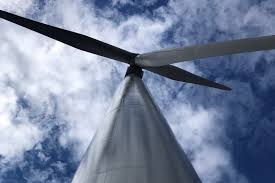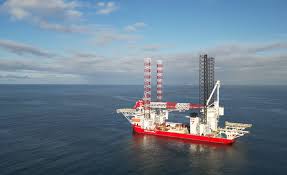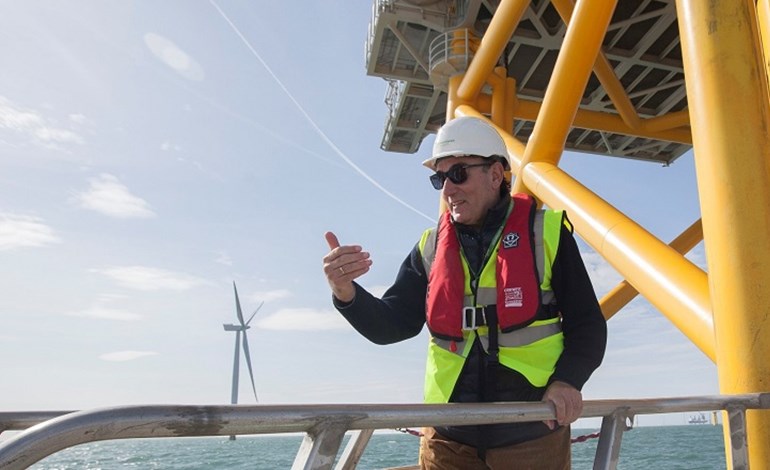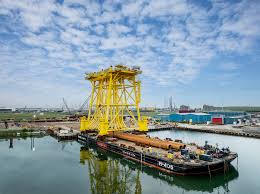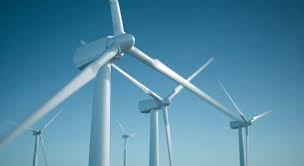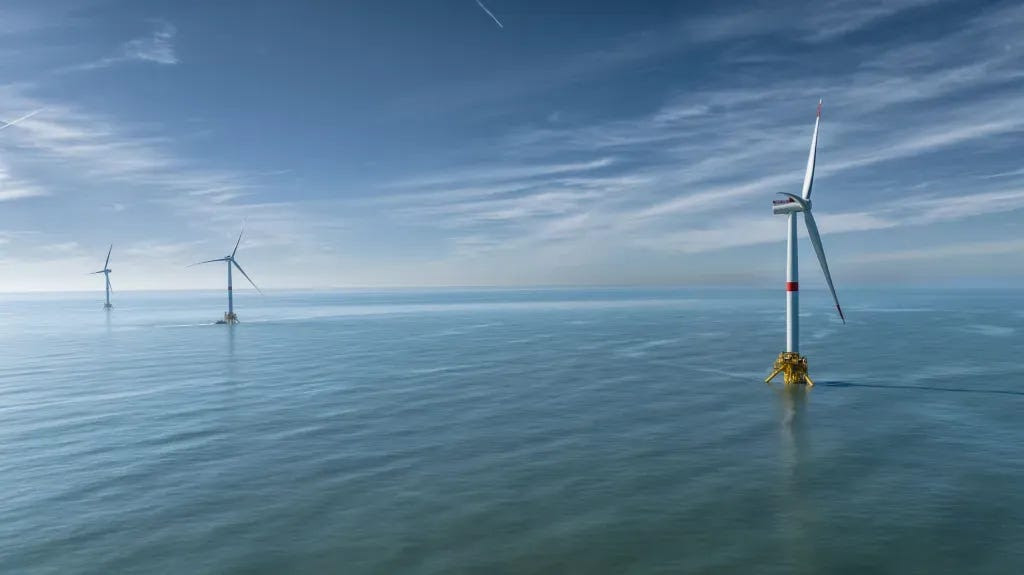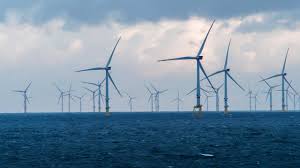
California took a step forward in harnessing ocean energy as Governor Gavin Newsom signed the California Senate Bill 605, known as SB 605, into law.
SB 605, which was introduced and authored by Senator Steve Padilla (D-San Diego), aims to pave the way for California to evaluate the feasibility of wave and tidal energy projects along its extensive coastline. The legislation empowers the California Energy Commission to conduct an in-depth assessment of the costs, benefits, and logistical considerations of implementing these cutting-edge technologies.
In his statement, Senator Steve Padilla highlighted the vast potential of ocean energy, calling it "one of the largest untapped sources of renewable energy." He expressed his gratitude to Governor Newsom for signing the legislation, emphasizing its potential to expedite California's transition to 100% clean energy while creating high-paying jobs.
The California Energy Commission will collaborate with various state agencies and stakeholders to identify suitable locations for wave and tidal energy initiatives, spanning both state and federal waters. This move comes as part of California's broader strategy to achieve a 100 percent renewable and zero-carbon power grid by 2045, with an interim target of reaching 90 percent by 2035. As of 2022, California had already achieved 54.23 percent of renewable energy in its energy supply.
Eco Wave Power Founder & CEO Inna Braverman commended California's leadership in environmental initiatives and asserted: "We believe that wave energy has massive potential." She added that Eco Wave Power would soon demonstrate its pioneering technology at the Port of Los Angeles, underlining the capability of wave energy to play a significant role in combating climate change and providing clean, reliable energy sourced from the boundless power of the ocean.
AltaSea at the Port of Los Angeles, a 35-acre ocean technology campus, served as the primary sponsor of SB 605. This organization will soon host Eco Wave Power's first US pilot station, anticipated to be the first onshore wave energy station in the United States. This development follows Eco Wave Power's successful connection of its EWP-EDF One power station at the Port of Jaffa in Israel to the country's energy grid, marking a significant step toward the station's operational readiness.
Terry Tamminen, President and CEO of AltaSea, expressed gratitude for Governor Newsom's recognition of wave and tidal energy's potential. He stated that the legislation aligns with California's renewable energy goals and economic growth through the "blue economy." SB 605 will require the California Energy Commission to produce a comprehensive report by 2025, detailing their findings and recommendations for legislative and executive actions to facilitate the development and use of wave and tidal energy technologies within the state.
A study conducted by the National Renewable Energy Laboratory (NREL) revealed that wave and tidal energy could contribute up to 30 percent of the United States' energy needs. California's wave energy potential alone has the capacity to power around 13 million homes, according to NREL, a research and development center sponsored by the United States Department of Energy. California's commitment to exploring these new frontiers in energy generation marks a significant step towards a cleaner and more sustainable future.
The legislation in its entirety can be found here.
